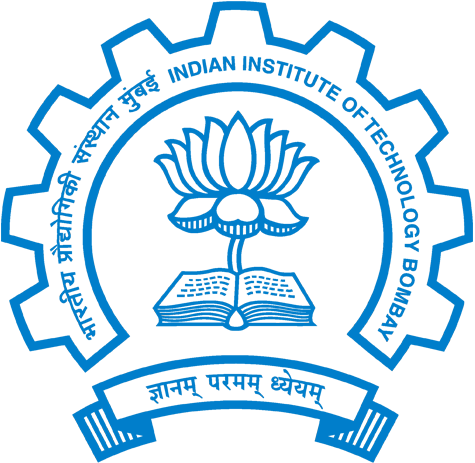The therapeutic value of Indian classical dance
Author: Sudhakar, Kanaka
Keywords: Folk dancing
Dance
India
Issue Date: 2006
Publisher: Sangeet Natak Akademi, New Delhi
Description: The Indian classical dance of India are art forms that are meant to encompass every vestige and every potential of the human body. A shloka that starts with "Yatho Hasta.." is the key element of coordination between the body parts is stressed by stating how the eyes, the hands, the mind and the mood should be in perfect harmony with each other to create that height of perfection which succeeds in producing rasa in a spectator or a rasika. Indian classical dance forms act as muscular triggers that stimulate the function of all the other parts of the body in such a way that each part acts in perfect coordination with other parts. This psycho-physiological relationship is nowhere seen to be as smooth as it is in Indian classical dancing.
Source: Sangeet Natak Akademi
Type: Article
Received From: Sangeet Natak Akademi
| DC Field | Value |
| dc.contributor.author | Sudhakar, Kanaka |
| dc.date.accessioned | 2017-07-18T03:36:29Z |
| dc.date.available | 2017-07-18T03:36:29Z |
| dc.date.issued | 2006 |
| dc.description.abstract | The Indian classical dance of India are art forms that are meant to encompass every vestige and every potential of the human body. A shloka that starts with "Yatho Hasta.." is the key element of coordination between the body parts is stressed by stating how the eyes, the hands, the mind and the mood should be in perfect harmony with each other to create that height of perfection which succeeds in producing rasa in a spectator or a rasika. Indian classical dance forms act as muscular triggers that stimulate the function of all the other parts of the body in such a way that each part acts in perfect coordination with other parts. This psycho-physiological relationship is nowhere seen to be as smooth as it is in Indian classical dancing. |
| dc.source | Sangeet Natak Akademi |
| dc.format.extent | 26-39 p. |
| dc.format.mimetype | application/pdf |
| dc.language.iso | en |
| dc.publisher | Sangeet Natak Akademi, New Delhi |
| dc.subject | Folk dancing Dance India |
| dc.type | Article |
| dc.identifier.issuenumber | 1 |
| dc.identifier.volumenumber | 40 |
| dc.format.medium | text |
| DC Field | Value |
| dc.contributor.author | Sudhakar, Kanaka |
| dc.date.accessioned | 2017-07-18T03:36:29Z |
| dc.date.available | 2017-07-18T03:36:29Z |
| dc.date.issued | 2006 |
| dc.description.abstract | The Indian classical dance of India are art forms that are meant to encompass every vestige and every potential of the human body. A shloka that starts with "Yatho Hasta.." is the key element of coordination between the body parts is stressed by stating how the eyes, the hands, the mind and the mood should be in perfect harmony with each other to create that height of perfection which succeeds in producing rasa in a spectator or a rasika. Indian classical dance forms act as muscular triggers that stimulate the function of all the other parts of the body in such a way that each part acts in perfect coordination with other parts. This psycho-physiological relationship is nowhere seen to be as smooth as it is in Indian classical dancing. |
| dc.source | Sangeet Natak Akademi |
| dc.format.extent | 26-39 p. |
| dc.format.mimetype | application/pdf |
| dc.language.iso | en |
| dc.publisher | Sangeet Natak Akademi, New Delhi |
| dc.subject | Folk dancing Dance India |
| dc.type | Article |
| dc.identifier.issuenumber | 1 |
| dc.identifier.volumenumber | 40 |
| dc.format.medium | text |
 Government of India
Government of India

 Recognizing the ongoing need to position itself for the digital future, Indian Culture is an initiative by the Ministry of Culture. A platform that hosts data of cultural relevance from various repositories and institutions all over India.
Recognizing the ongoing need to position itself for the digital future, Indian Culture is an initiative by the Ministry of Culture. A platform that hosts data of cultural relevance from various repositories and institutions all over India.